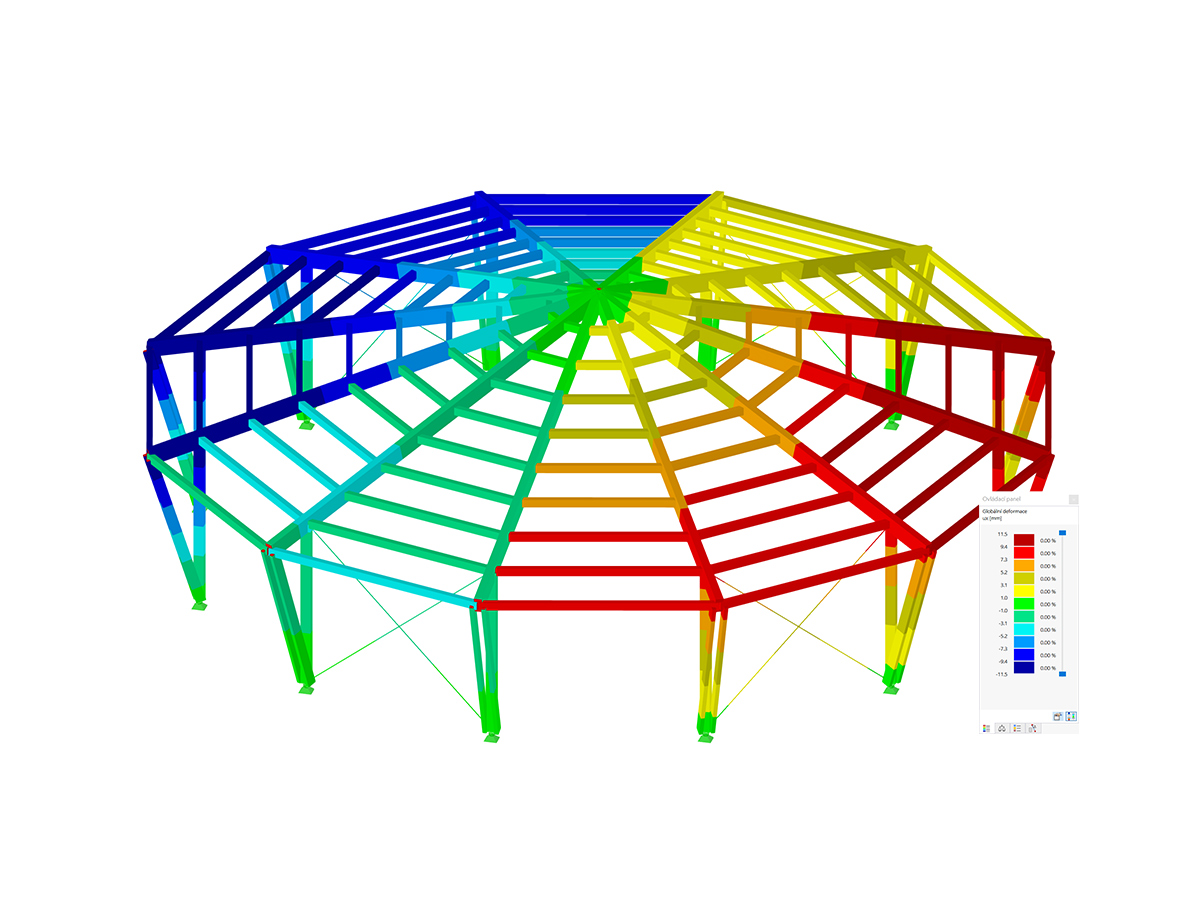Orthotropic surfaces are non-linear and cannot be designed in the RF‑STEEL Surfaces add-on module. It is possible to get a full stress analysis in RFEM for orthotropic surfaces defined with the orthotropy type "Constant Thickness" and compared to limiting stresses manually. For all other orthotropy types, the program is not aware of the geometric properties for the surface at every FE mesh point that are needed to calculate stresses. An extensive and detailed FE model would need to be created. See FAQ 2468 for an example of this. Surface types need to be set to "Standard" to be designed in the add-on module.
Warning for Orthotropic Surfaces in RF-STEEL Surfaces
When trying to calculate the design in RF‑STEEL Surfaces, I receive Warning No. 1162 – Surface No. XX is of the type "Orthotropic" and cannot be designed. What does this warning mean?
Answer:
Author
Alex is responsible for customer training, technical support, and continued program development for the North American market.

The browser plugin Boomerang as well as the API testing program SoapUI are both useful tools to quickly check our WebService functions. With their assistance, it becomes effortless to identify available classes and their respective parameters. This article aims to serve as a comprehensive guide on effectively utilizing Boomerang and SoapUI in conjunction with the Dlubal WebService.

Our Webservice offers users the opportunity to communicate with RFEM 6 and RSTAB 9 using various programming languages. Dlubal's high-level functions (HLFs) allow you to expand and simplify the Webservice's functionality. In line with RFEM 6 and RSTAB 9, using our Webservice makes an engineer's work easier and faster. Check it out now! This tutorial shows you how to use the C# library by means of a simple example.

WebService is a communication between machines and programs. This communication is provided via the network and can, therefore, be used by any program that can send and receive strings via the HTTP protocol. RFEM 6 and RSTAB 9 provide an interface based on these cross-platform webservices. This tutorial shows the basics using the VBA programming language.
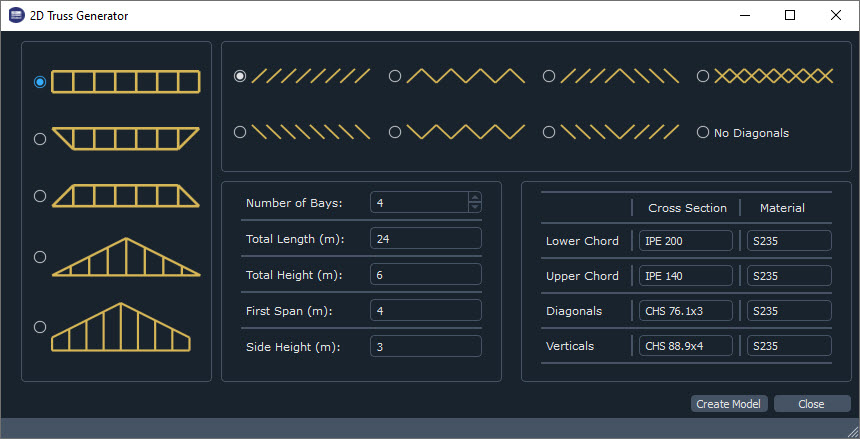
The recently introduced Webservices gives users the ability to communicate with RFEM 6 using their programming language of choice. This feature is enhanced with our High Level Functions (HLF) Library. The libraries are available for Python, JavaScript, and C#. This article looks at a practical use case of programming a 2D Truss Generator with Python. "Learning by doing," as the saying goes.
Is it possible to test the API II (gRPC) without incurring costs?
Is it possible to change the standards used for add-ons via Python?
What is the meaning of the location_flags in the members_internal_forces class of the WebService API?
How can I enable model add-ons when using WebService?
How can I create a new model with add-ons enabled?
How can I create a new model with add-ons enabled?
How many clicks do I need for my actions in the Geo-Zone Tool?
How can I edit multiple models in one script using Python?
Recommended Products for You



















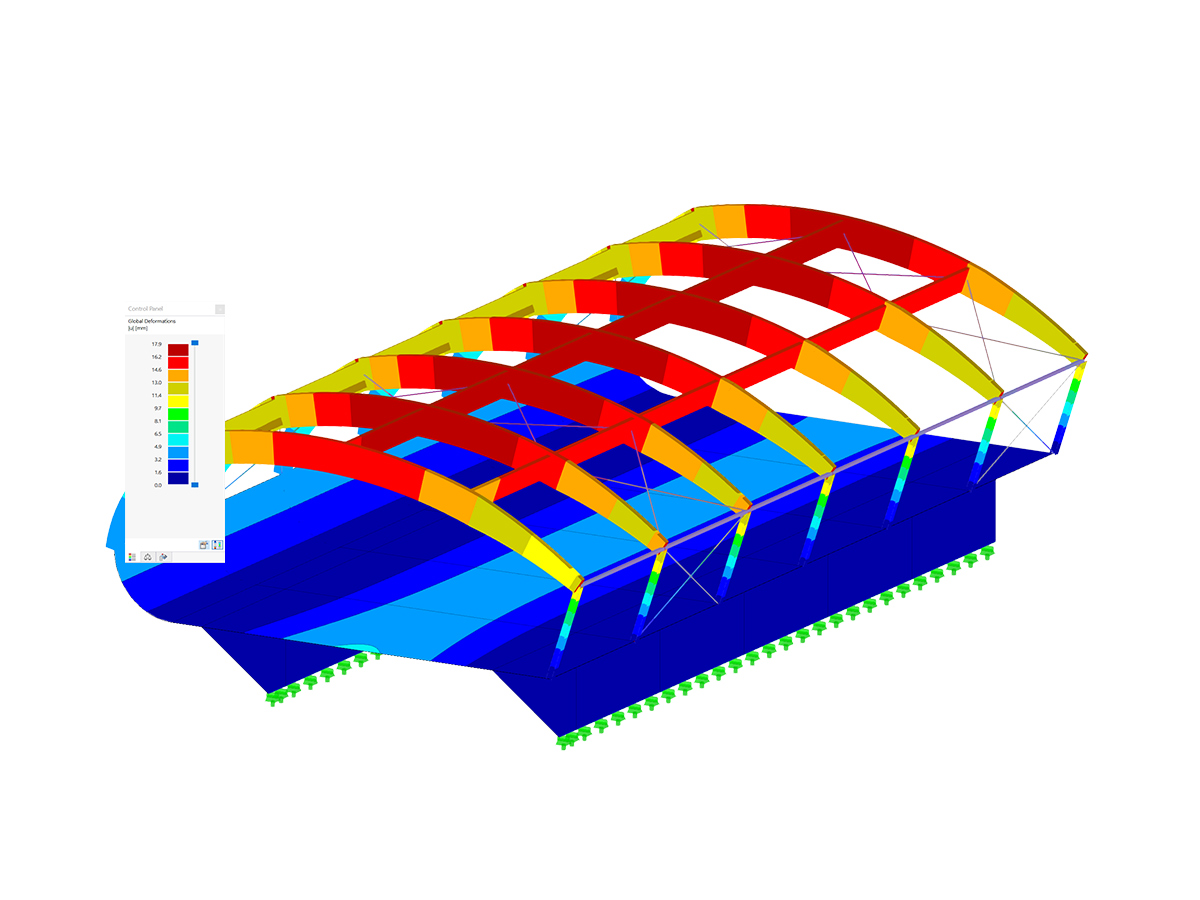
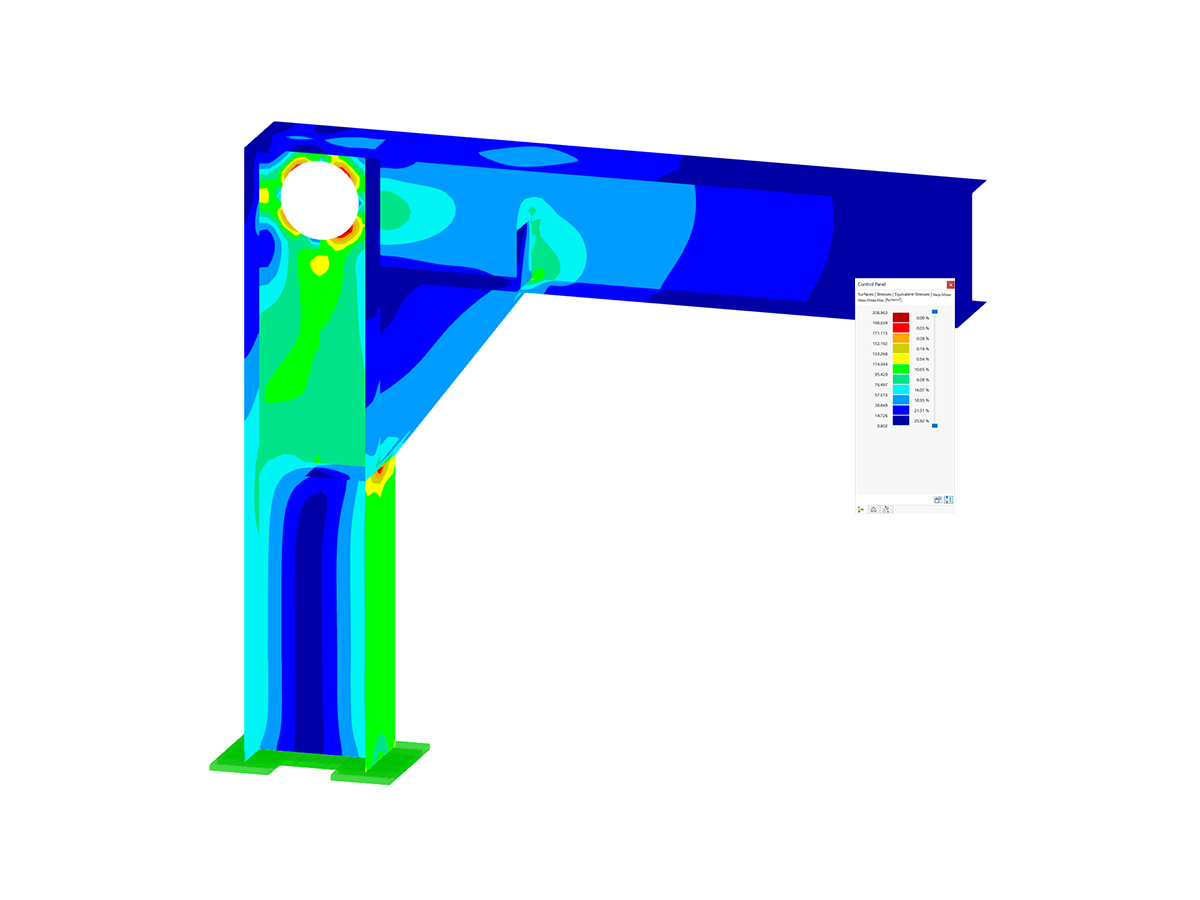
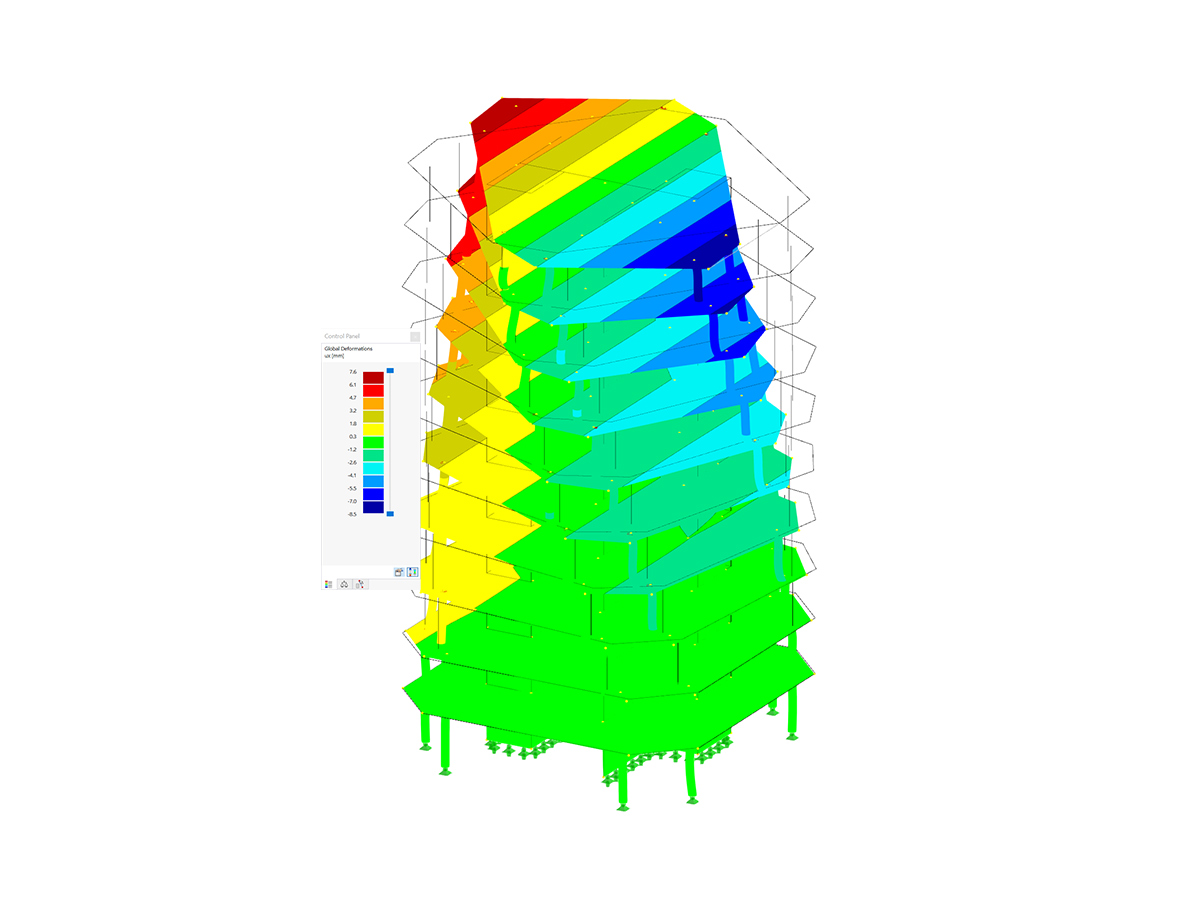
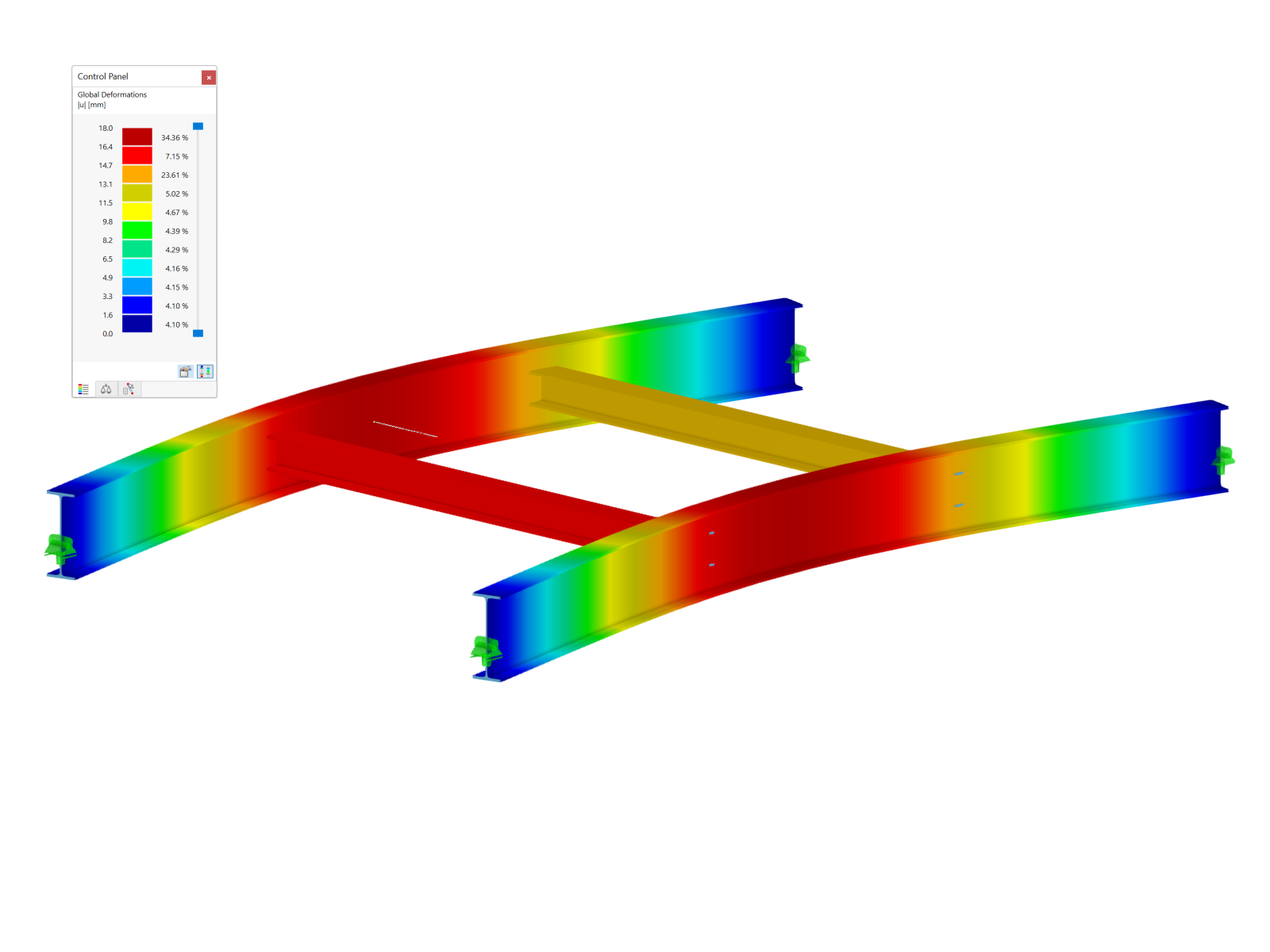
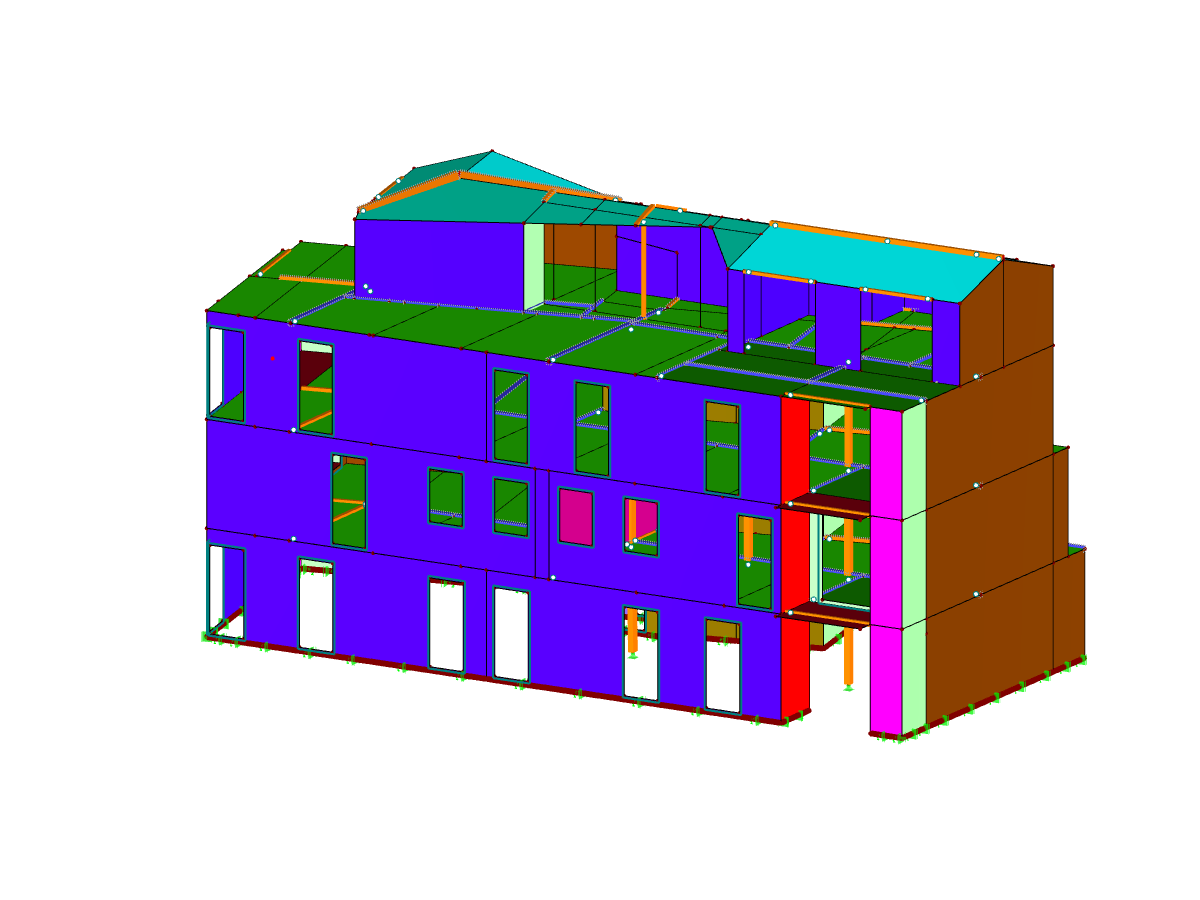
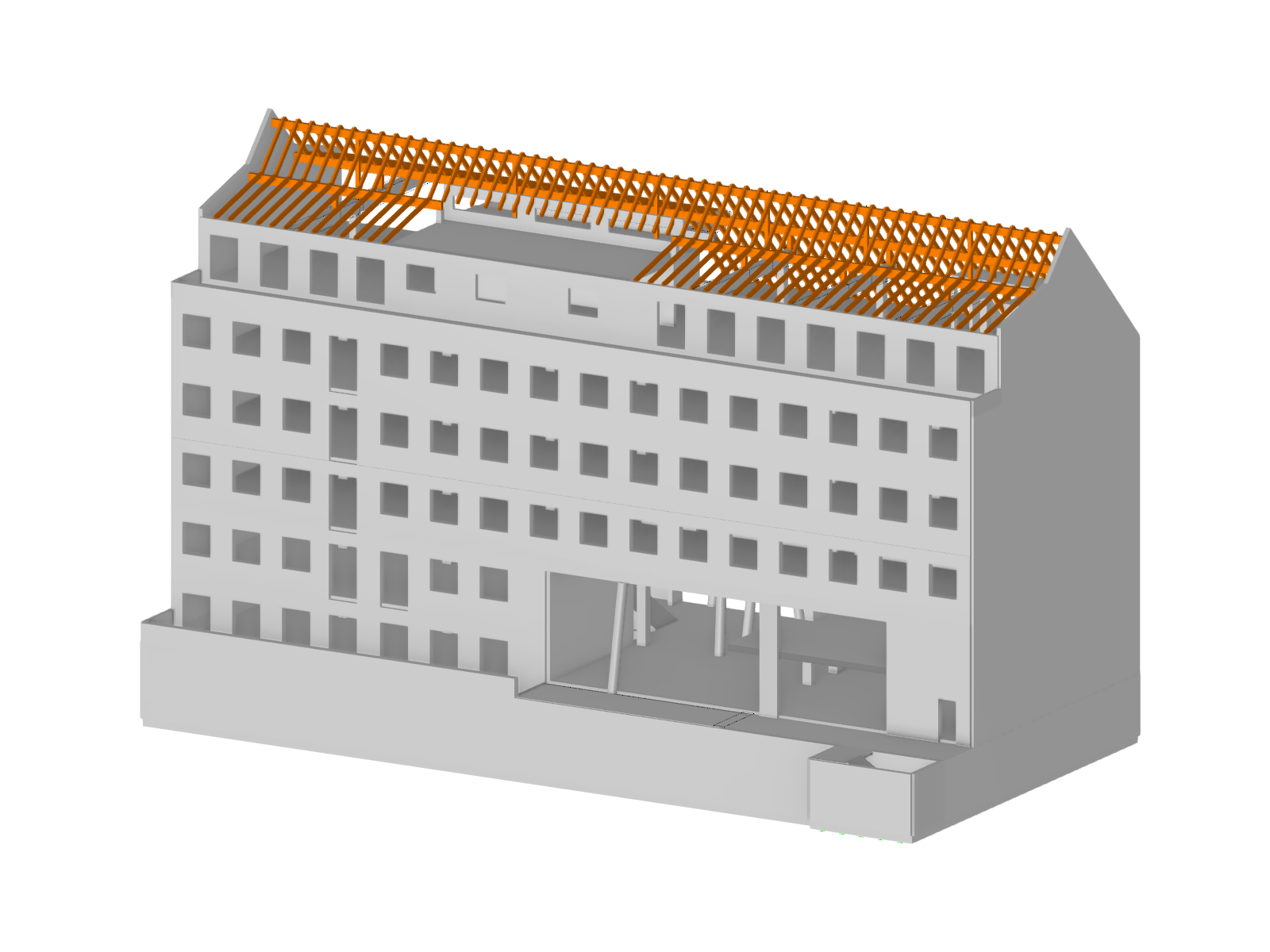
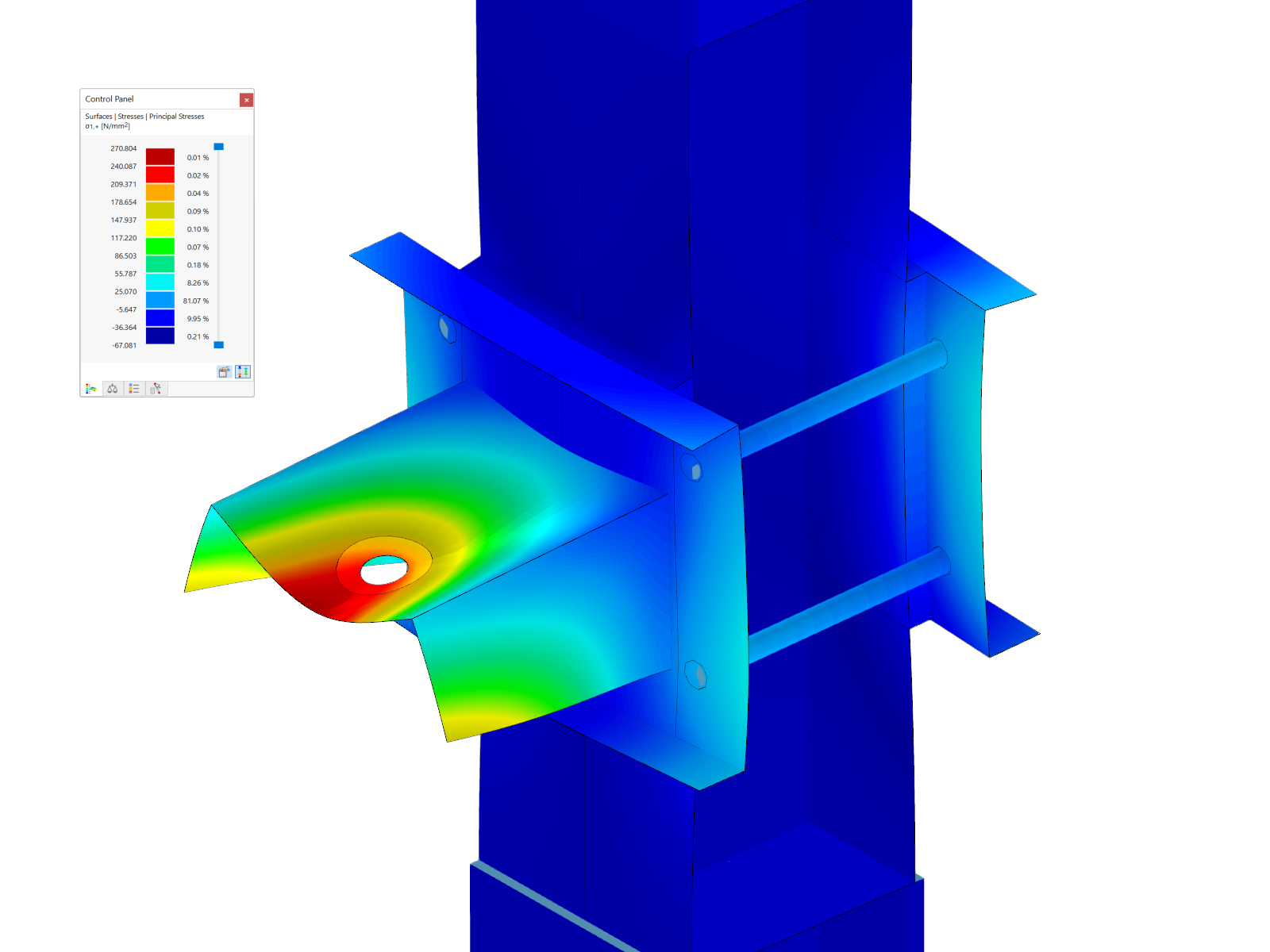
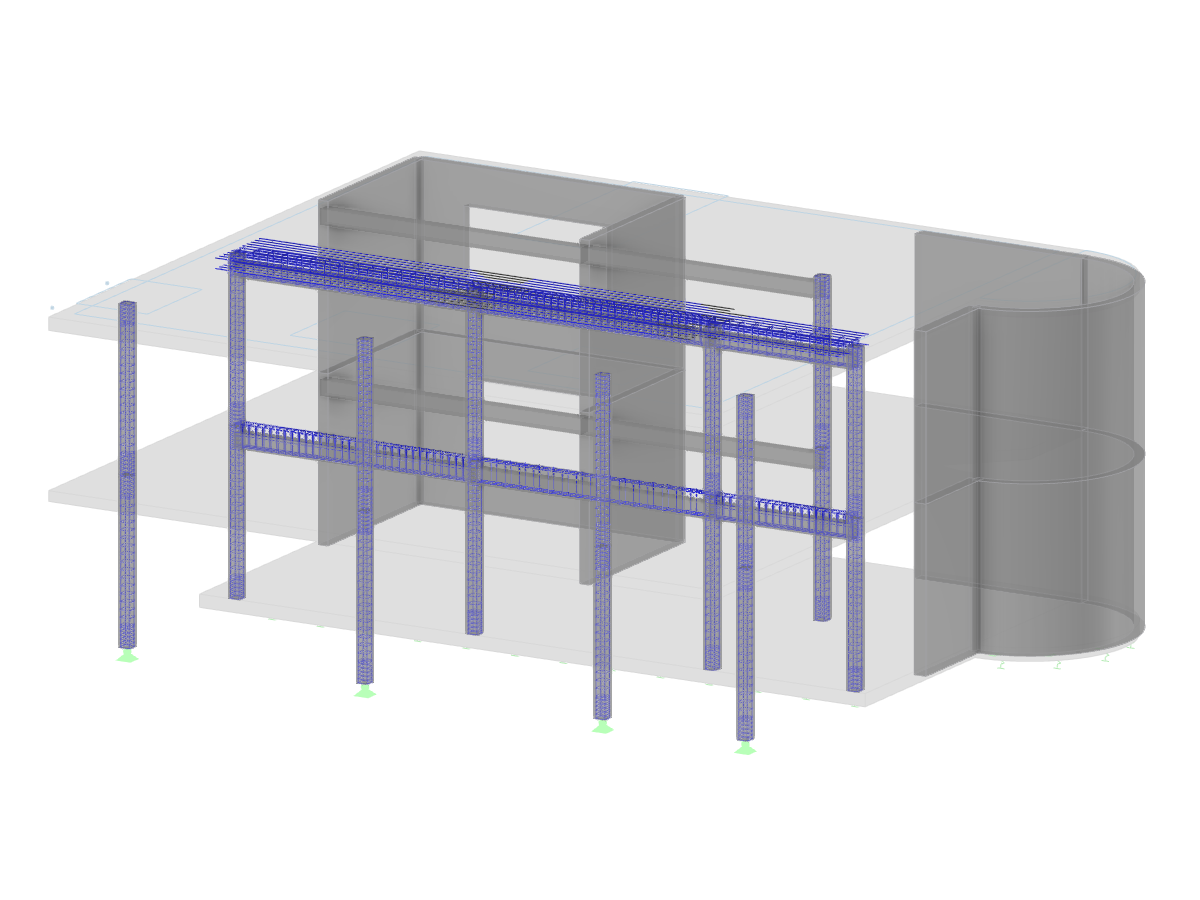
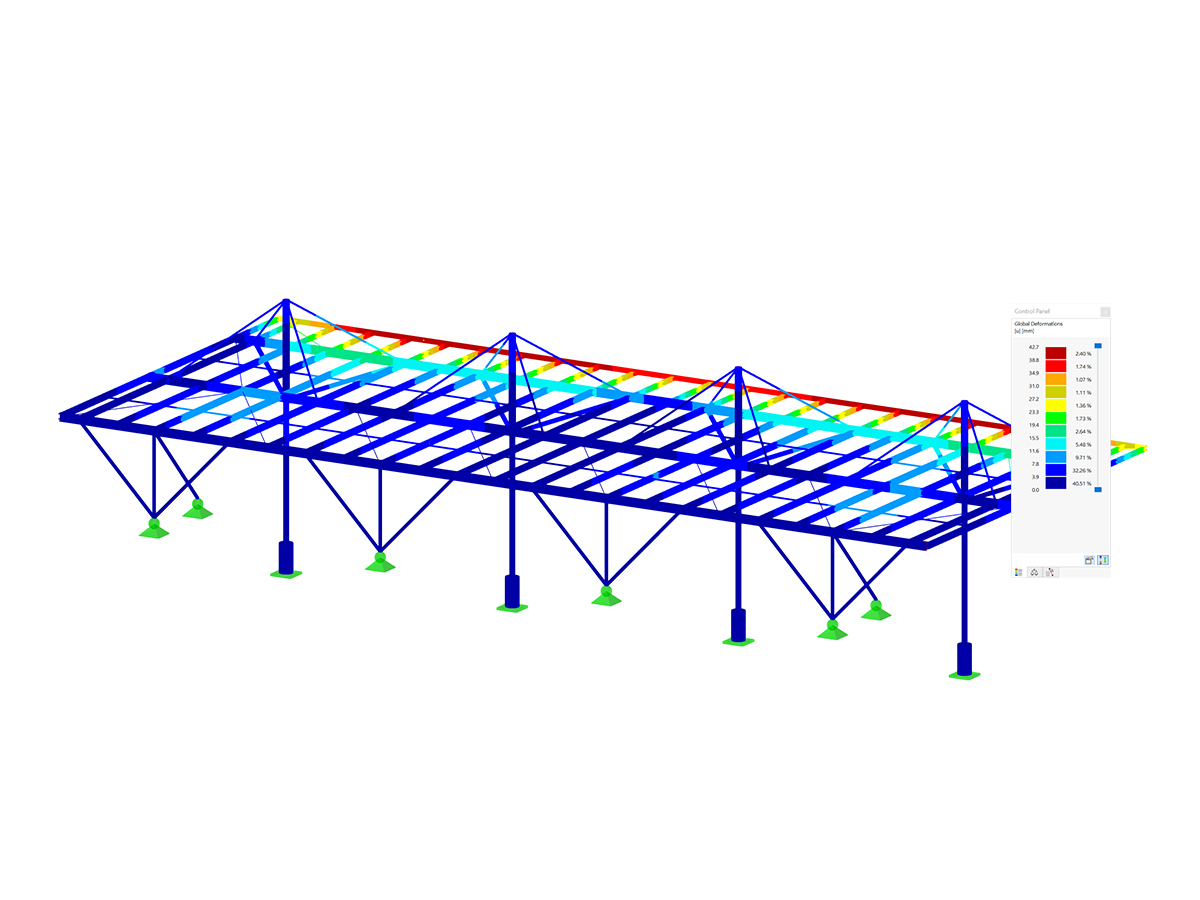
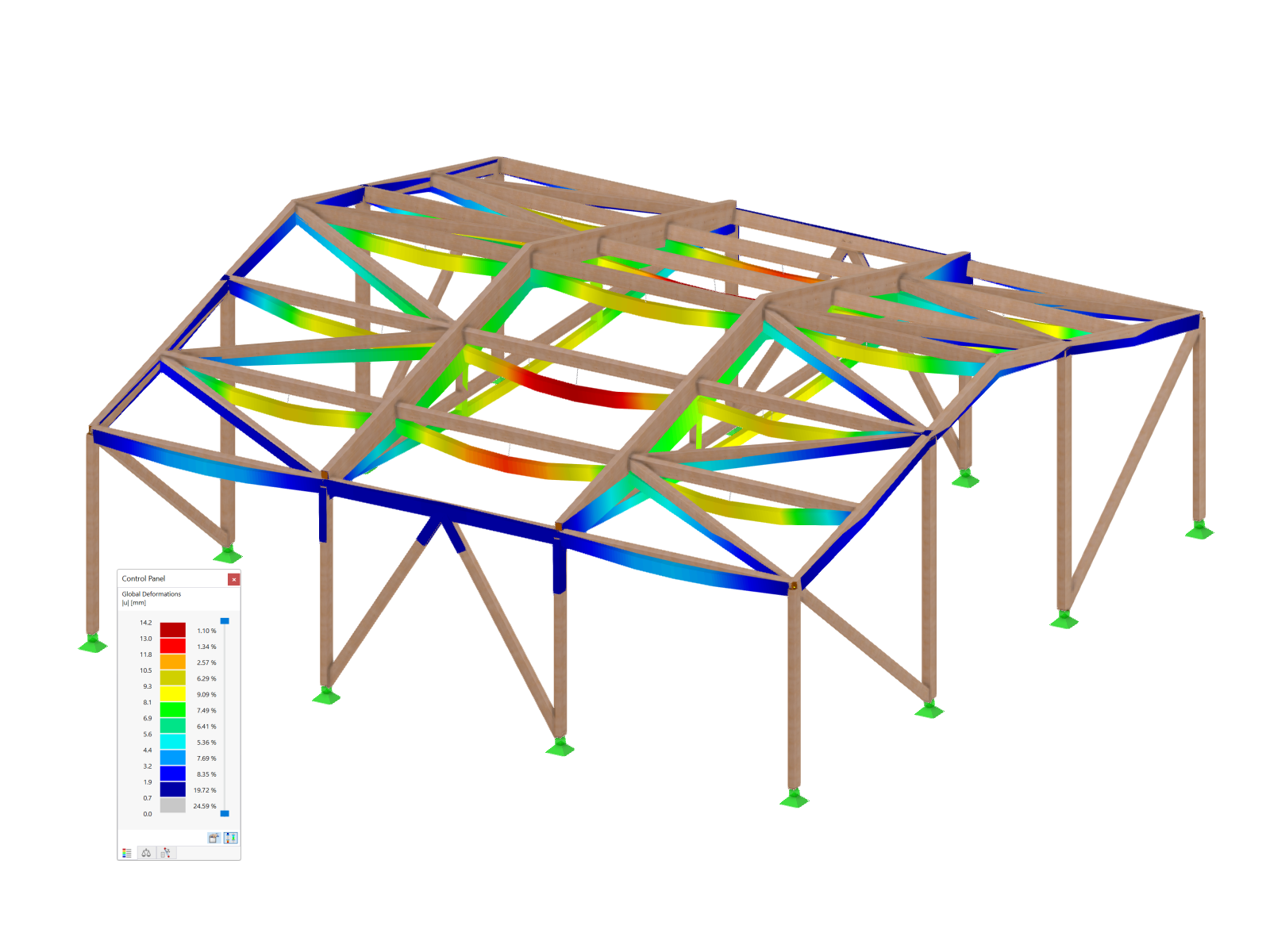
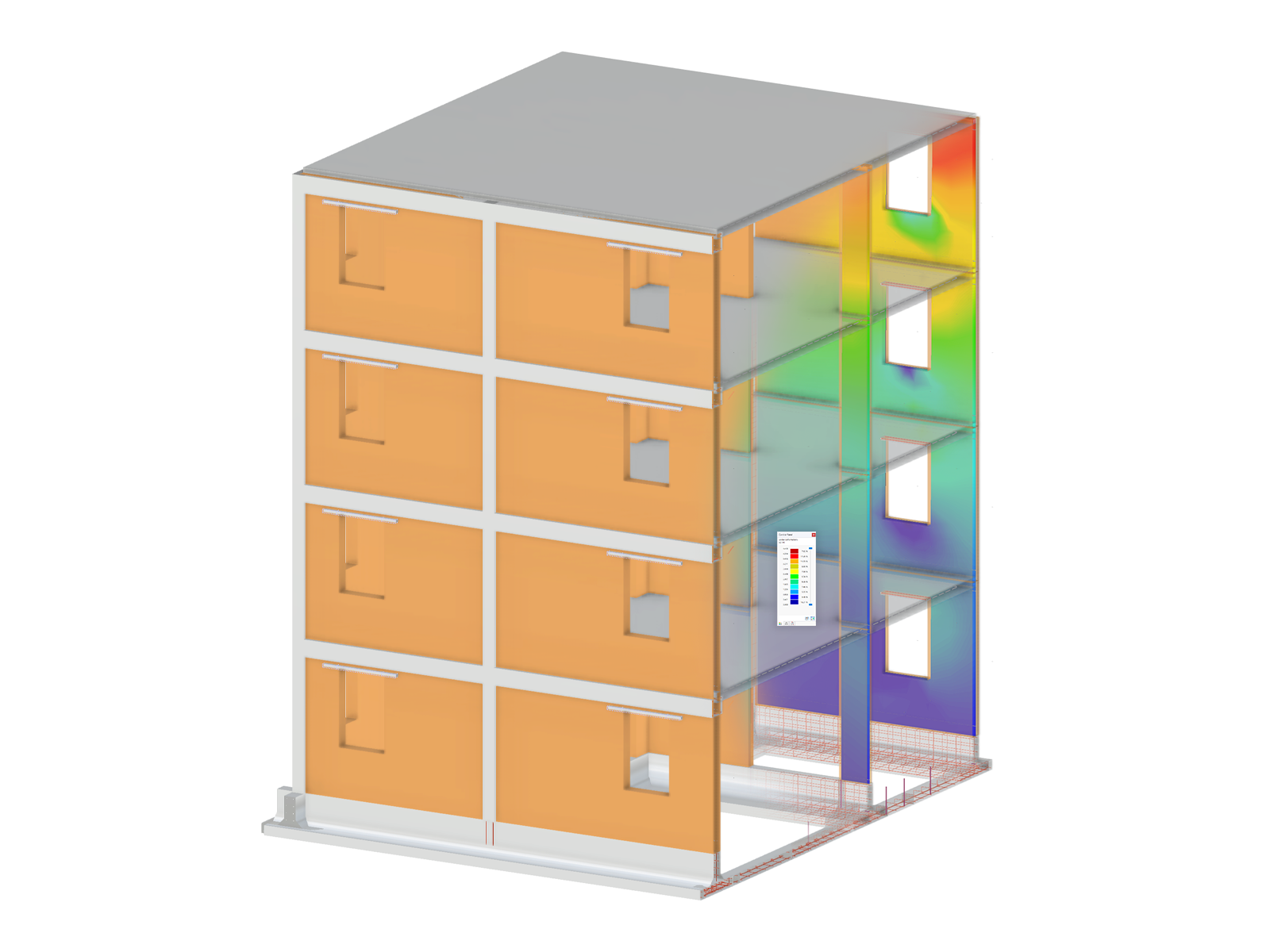
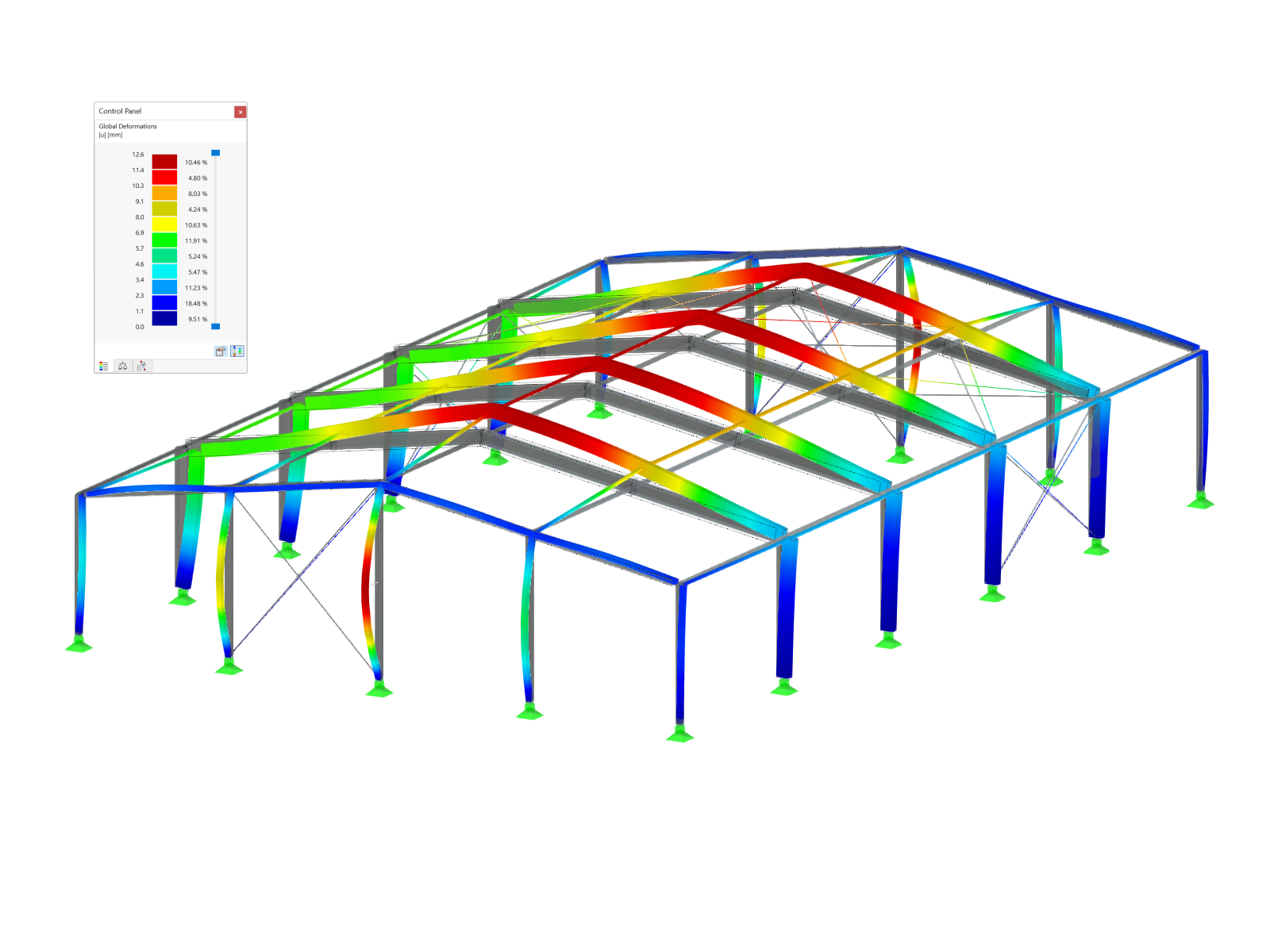
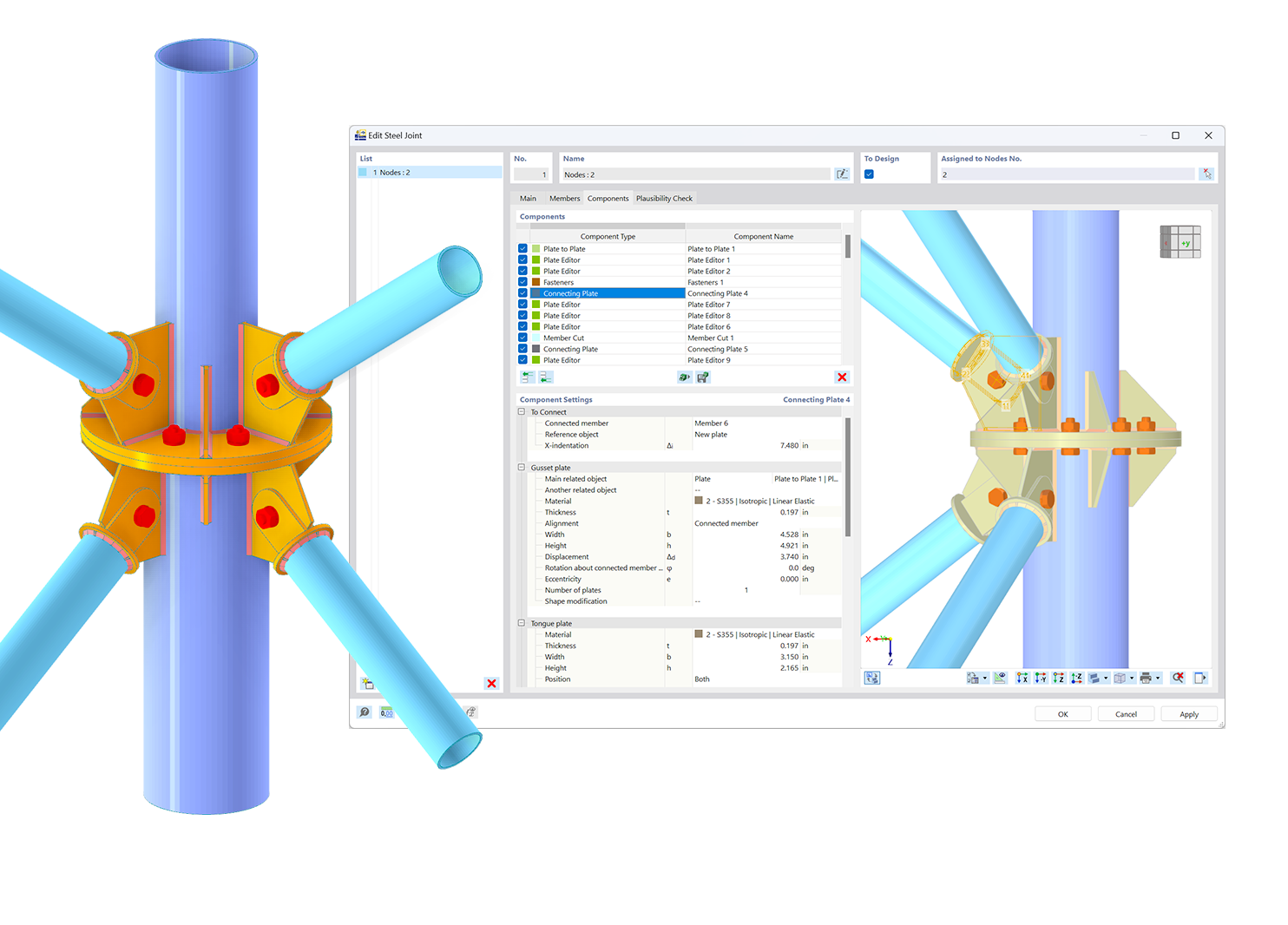.png?mw=600&hash=49b6a289915d28aa461360f7308b092631b1446e)
